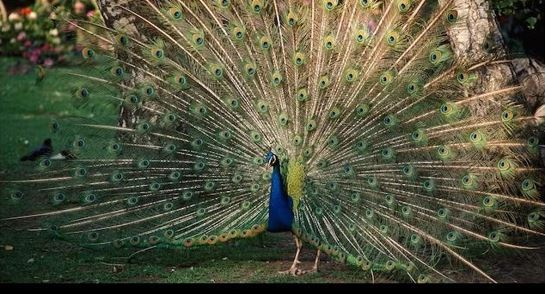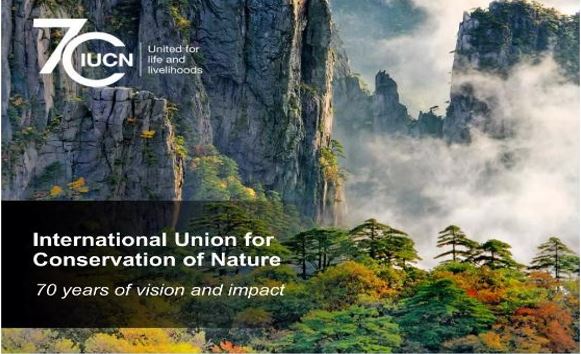Assessment of Indian Blue Peafowl in Certain Areas
Gargi1*
DOI:10.54741/asejar.1.6.6
1* Gargi, Associate Professor, Department of Zoology, MMH College, Ghaziabad, Uttar Pradesh, India.
There were 247 peafowl in total, which is abundant. In the research regions, there were 61 chicks, 93 fowls, and cocks (sex ratio: 1:1). The abundance of peafowl was seen in a variety of habitats, including rice paddies, sugarcane fields, banana plantations, bamboo vegetation, and bodies of water with aquatic grasses. The bamboo vegetation (n = 35) had the lowest abundance, and the banana plantation (n = 61) had the maximum abundance. In the meantime, paddy fields (n = 48), aquatic grasses (n = 55), and sugar cane habitat (n = 50) the research was done between October 2021 and April 2022. Peafowl abundance in various areas in and around Innambur village, Kumbakonam Taluk, was examined over the course of seven months. The peafowl abundance showed a monthly fluctuation. The most peafowl sightings—13—were recorded in the month of February. Peafowl sightings were at their lowest in November and March, respectively (n = 7). The Eragaram area had the most peafowl sightings (n = 35; males 18, females 11, and chicks 6). The number of Indian peafowl sightings per kilometre walked in the study region was used to express the sightings. Paddy, sugarcane, banana plantations, bamboo vegetation, and aquatic grasses are among the ecosystems. There were 247 total reports of Indian peafowl in the study area. The ecosystem of the banana plantation was thought to have the highest sightings. The bamboo vegetation was where the fewest sightings were observed. It demonstrated the average number of Indian peafowl sightings in the different habitats.
Keywords: Indian peafowl, agriculture regions, variety of habitats, croplands
| Corresponding Author | How to Cite this Article | To Browse |
|---|---|---|
| , Associate Professor, Department of Zoology, MMH College, Ghaziabad, Uttar Pradesh, India. Email: |
Gargi, Assessment of Indian Blue Peafowl in Certain Areas. Appl. Sci. Eng. J. Adv. Res.. 2022;1(6):27-31. Available From https://asejar.singhpublication.com/index.php/ojs/article/view/53 |


 ©
© 
